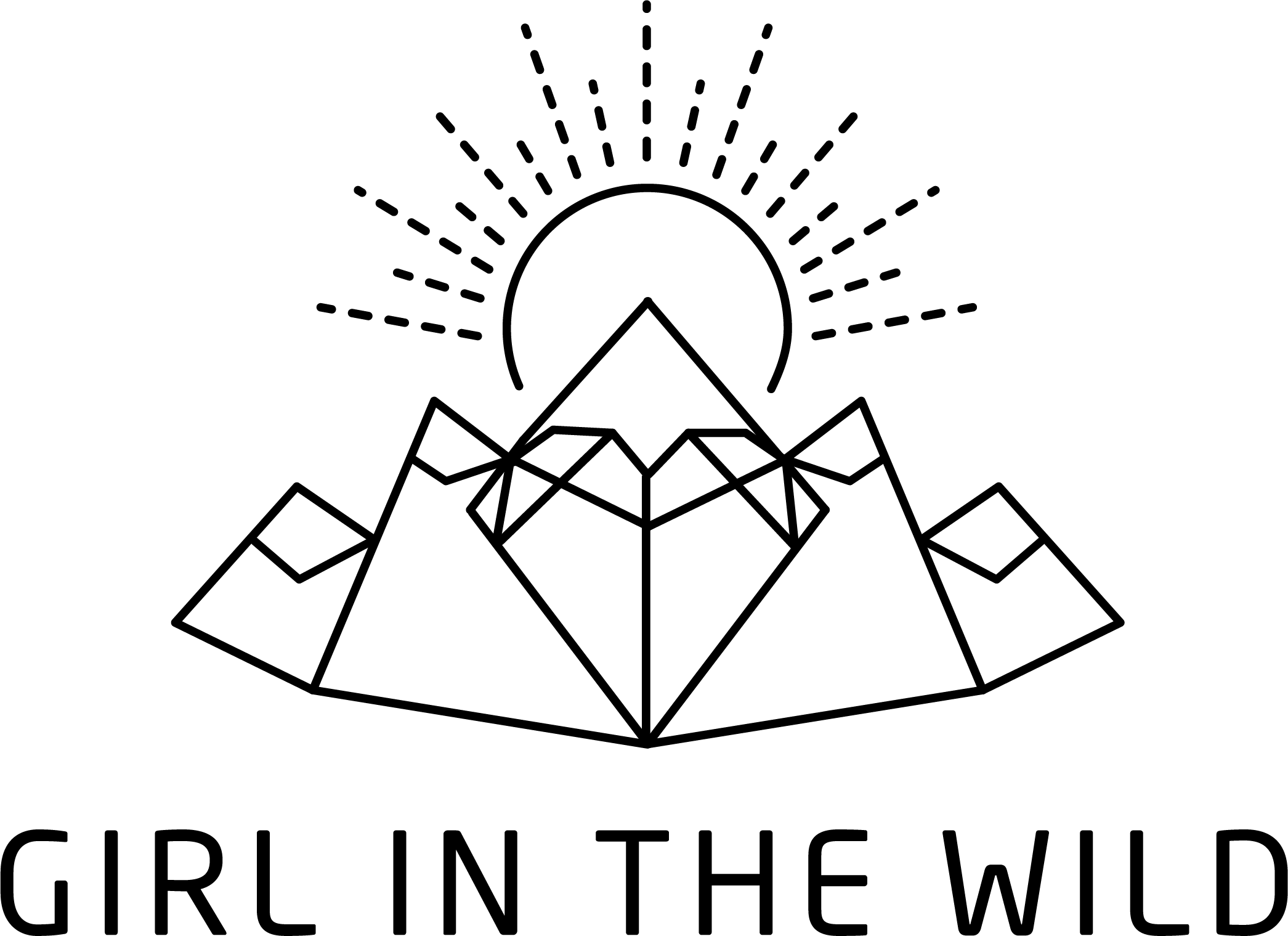We're human beings and we have an innate nature to occupy our time with doing.

The “doing” is called“occupations” (I’m gonna get all textbook on you're here for a minute). And all that “doing” can be organized into three categories:
- self-care
- productivity
- leisure
Self-care includes feeding, bathing, dressing, sleeping, and managing our well-being.
Productivity is compromised of our responsibilities or required activities, such as work, education, caregiving for others, and household chores/tasks.
Leisure is any activity or hobby done for enjoyment.
Not a single occupation ever exists in isolation. For instance, if you’re doing something for leisure, it can also be a part of managing well-being under the guise of self-care. And, of course, self-care activities can directly impact our productivity. In turn, our dedication to productivity can determine the time and energy we allot to leisure and self-care. Everything is interconnected. That’s why we look at the time and energy dedicated to each occupation to determine our occupational balance.
Balance is a tricky word.
If you’re climbing a mountain, you might need physical balance to keep your body from falling off a wobbly rock. If you’re juggling work, studies, relationships with friends, family, significant other, your health, and hobbies, that’s occupational balance.When we are unable to participate in one or multiple occupations due to injury, illness, or the social determinants of health*, this occupational imbalance can lead to dis-ease. (*social determinants of health include: Income and social status, Employment and working conditions, Education and literacy, Childhood experiences, Physical environments, Social supports and coping skills, Healthy behaviours, Access to health services, Biology and genetic endowment, Gender, and Culture).
Ok enough textbook talk, let’s do an activity!
- Draw three circles that overlap in the middle, and write a title for each. Like this:

- Write your name at the centre.
- Fill in each category with as many things as you can think of that you did in the past 7 days in each category. There are no right or wrong places for an activity; use your intuition.
Once you’ve finished you may notice that each circle is equally filled or that some are more empty or full than others. This can be a nice visual of your occupational balance for the week.
Naturally, some activities like work, school, and sleep may take up a lot more hours than others. If you work 40 hours and sleep 50 hours a week, we can assume the other 78 hours are not going to be filled so that each circle has an equal amount of time dedicated to it. And that’s not what occupational balance is about. It’s about noticing if one circle is completely taking over the other two, or one (or both) is nearly or completely empty. This is probably going to happen throughout your life. Remember those social determinants of health from above? Those create the context in which we live our lives, a lot of which we don’t have a lot of control over (if any). These can determine the amount of time and energy we can realistically give to productivity, self-care, and leisure.
As an example, sometimes we need to prioritize our productivity in order to get caught up on a work or school deadline in order to invest in our future finances so that we can afford to eat/sleep/play/care for ourselves and others. During these times, our self-care and leisure may take a little drop off, but once we’ve met that goal or deadline, ideally we can let our occupations balance out again. Similarly, if we get the flu or break a bone, our self-care may increase while our productivity decreases so we can focus on healing.
It’s when we chronically prioritize (or are called upon by our circumstances/context to prioritize) a certain occupation over others without the “balancing out again” part, that may have detrimental impacts on the circle at the centre of our diagram: YOU!
Your mental, physical, cognitive, and spiritual well-being are all supported by the occupations that you engage in. Journaling this little occupational Venn-diagram every so often can be a great check-in with yourself to see all that you’re doing and how it may be affecting you, and provide some insight into occupations that may need a little bit (or a lot bit) of tweaking.
Remember, it’s not about perfecting this balance and having your stuff together all the time. Challenges and changes are inevitable. But if we are able to adapt ourselves or the context we are living in to better accept and tackle life’s ups and downs (called resiliency) we are more likely to experience an overall sense of wellness.

